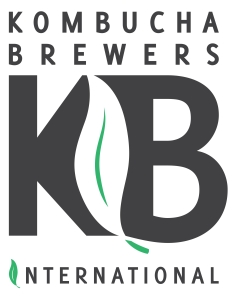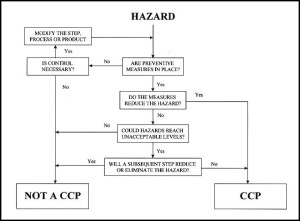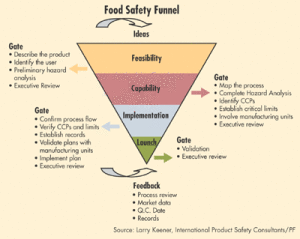On Sunday, September 27th, KBI president Hannah Crum and and Heath-Ade CEO Daina Trout, head of LGO committee (Special Projects Team) presented to the Stakeholder Panel on Strategic Food Analytical Methods (SPSFAM) at the annual conference of the Association of Official Analytical Chemists (AOAC) to establish a new Working Group with the aim of developing a new testing standard for the low levels of ethanol in kombucha. Experts across various industries specializing in manufacturing, food chemistry, and laboratories were present as well as representatives from government organizations like the TTB.

Hannah and Daina shared with those in attendance the explosive growth in the kombucha industry while enumerating the difficulties with the testing methods in use by regulators in the US today. The message was clear: currently, an accurate, standard method of testing that takes into consideration the complexities of kombucha such as the strands of living culture, yeast bodies, organic acids, low pH and other factors simply does not exist. The Q & A was lively with questions, support and enthusiasm from the audience for this fascinating scientific problem and very much echoed that current methodologies need to be revised.
The stakeholder panel eagerly took up the process of formulating a Fitness for Purpose (FOP) statement. The FOP is ultimately the parameters that the Working Group will establish before sending out a request for methods to the international membership.
Fitness for Purpose statement: Methods need to accurately and precisely measure the ethanol concentrations to comply with alcohol and non-alcohol declarations in Kombucha in-process and finished products.
The Working Group will now proceed under co-chairs Hannah Crum and Sam Labonia of Cornerstone Labs. The goal is to hone in on the issues that will be necessary to take into consideration for determining accurate testing methods. KBI anticipates presenting the Standard Method Performance Requirements (SMPR®) to the SPSFAM Panel at the AOAC Midyear Meeting in March 2016 in Maryland. Since AOAC standards are in use by governments around the world, including the US, the TTB (Tax & Trade Bureau) has also been invited to participate in the process and are members of the Stakeholder Panel that will vote to determine the ultimate methodology that is selected.

The reaction from not only the stakeholders, but the general AOAC attendees was overwhelmingly positive and enthusiastic about the direction of this research. Not only was the presentation very well received, the questions asked after were informed and thought-provoking. Overall, KBI is thrilled to get the opportunity to work with the AOAC to find a method of testing ethanol in kombucha that produces accurate, consistent, repeatable results. “The AOAC is pleased to be working with the kombucha industry, regulatory bodies, and other stakeholders to develop such a standard,” stated E. James Bradford, Ph.D., Executive Director of AOAC International.
The working group meets regularly (biweekly) to refine definitions and identify criteria for the SMPR®
Get the latest updates on the Working Group in the Alcohol – Testing & Control Group on the KBI Member Forum.




